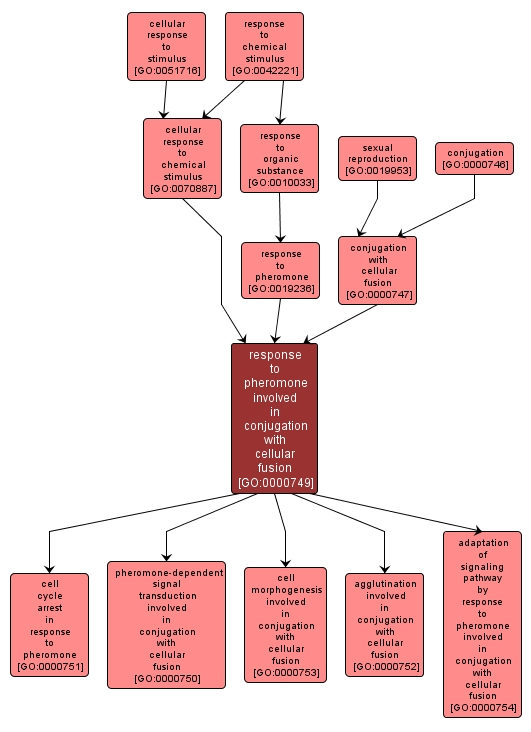| Desc: |
A change in state or activity of a cell or an organism (in terms of movement, secretion, enzyme production, gene expression, etc.) as a result of a pheromone stimulus that contributes to the process of conjugation with cellular fusion. An example of this process is found in Saccharomyces cerevisiae. |














